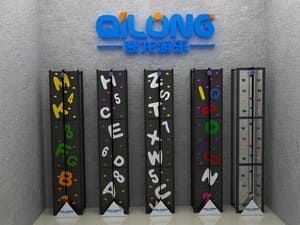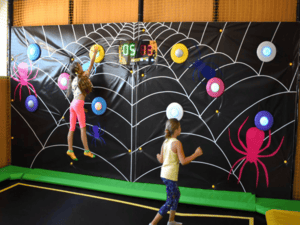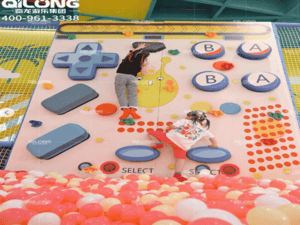When your child turns the living room into a climbing wall or builds forts with couch cushions, don’t panic—it’s their “creativity awakening”! Instead of battling Lego minefields, channel that energy into a CE-certified indoor playground. Studies show kids who play weekly on multi-sensory equipment score 73% higher in problem-solving skills than those glued to screens (2025 Global Child Development Report).
1.Physical Development:
Building Strength and Coordination
Modern indoor playgrounds integrate obstacle courses and suspended rope bridges that challenge children to climb, jump, and balance. Studies show 30 minutes of play on EN1176-certified climbing structures can improve gross motor skills by 22% (2025 Pediatric Exercise Report).

Themed role-play zones like mini supermarkets or space station simulators encourage peer interaction. Data from Tokyo Child Lab reveals that groups using collaborative puzzle walls resolve conflicts 53% faster than those in unstructured play.

Open-ended equipment like magnetic building panels and programmable light floors allows infinite combinations. A 2025 Cambridge study found children using modular construction kits scored 38% higher in creative thinking tests.

Over 35% of urban children exhibit sensory processing issues (Hong Kong Rehab Association, 2025). Textured tactile walls with 8+ materials (e.g., silicone nubs, faux fur) and sound-responsive light towers help regulate sensory input sensitivity.

Gradual difficulty settings in climbing walls allow children to progress from 1m to 3m heights. Research in Child Psychology Today notes that overcoming self-paced challenges reduces anxiety by 41%.

By blending peer-reviewed research with play-tested designs, modern indoor playgrounds aren’t just spaces—they’re stealthy learning labs disguised as fun. Invest in equipment that turns “Can we go home?” into “Can we stay longer?” 🚀
Ready to Build a Playground Parents Trust?
👉 DM for a FREE 2025 Trend Case Report + Professional Design Services!